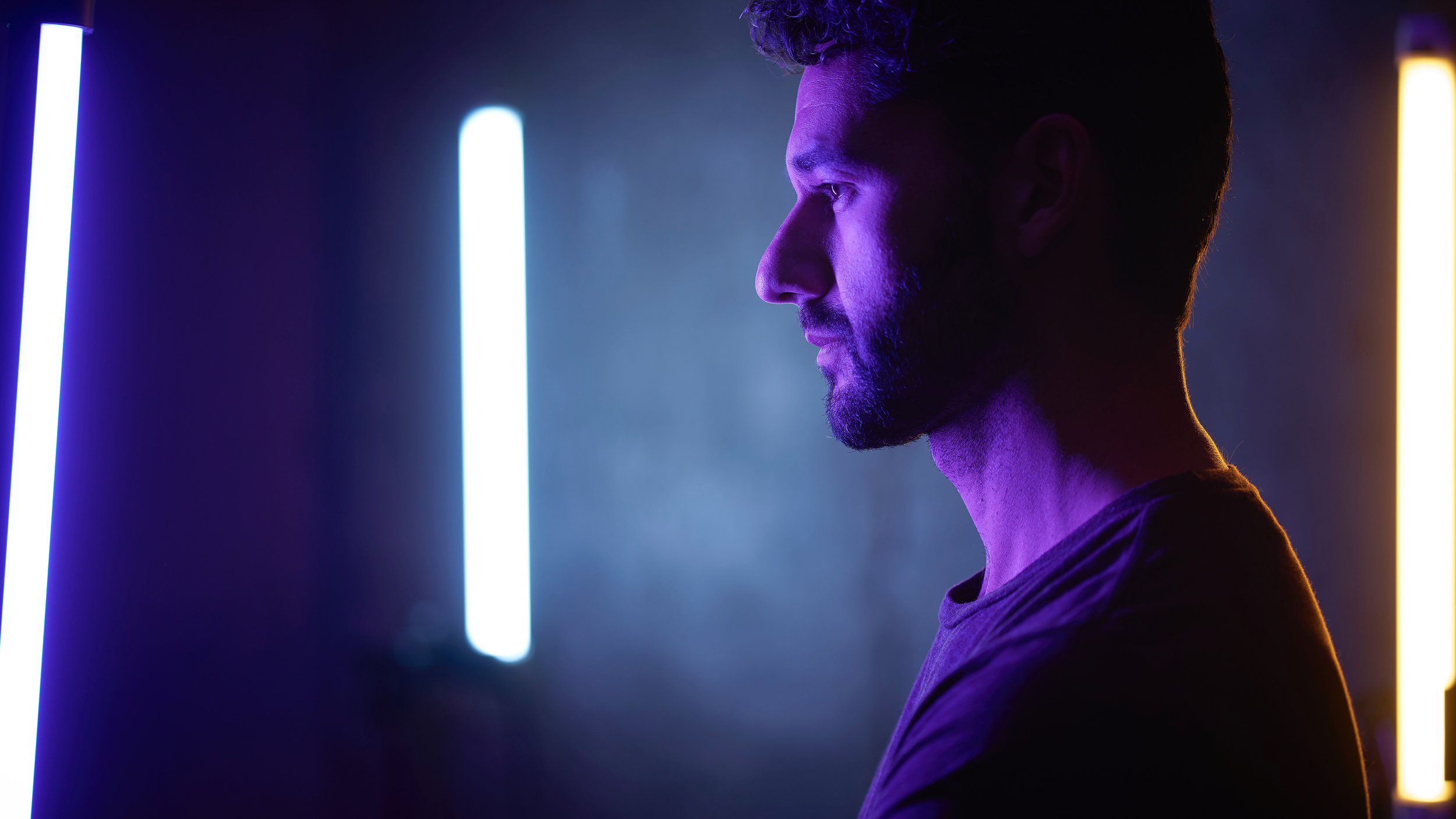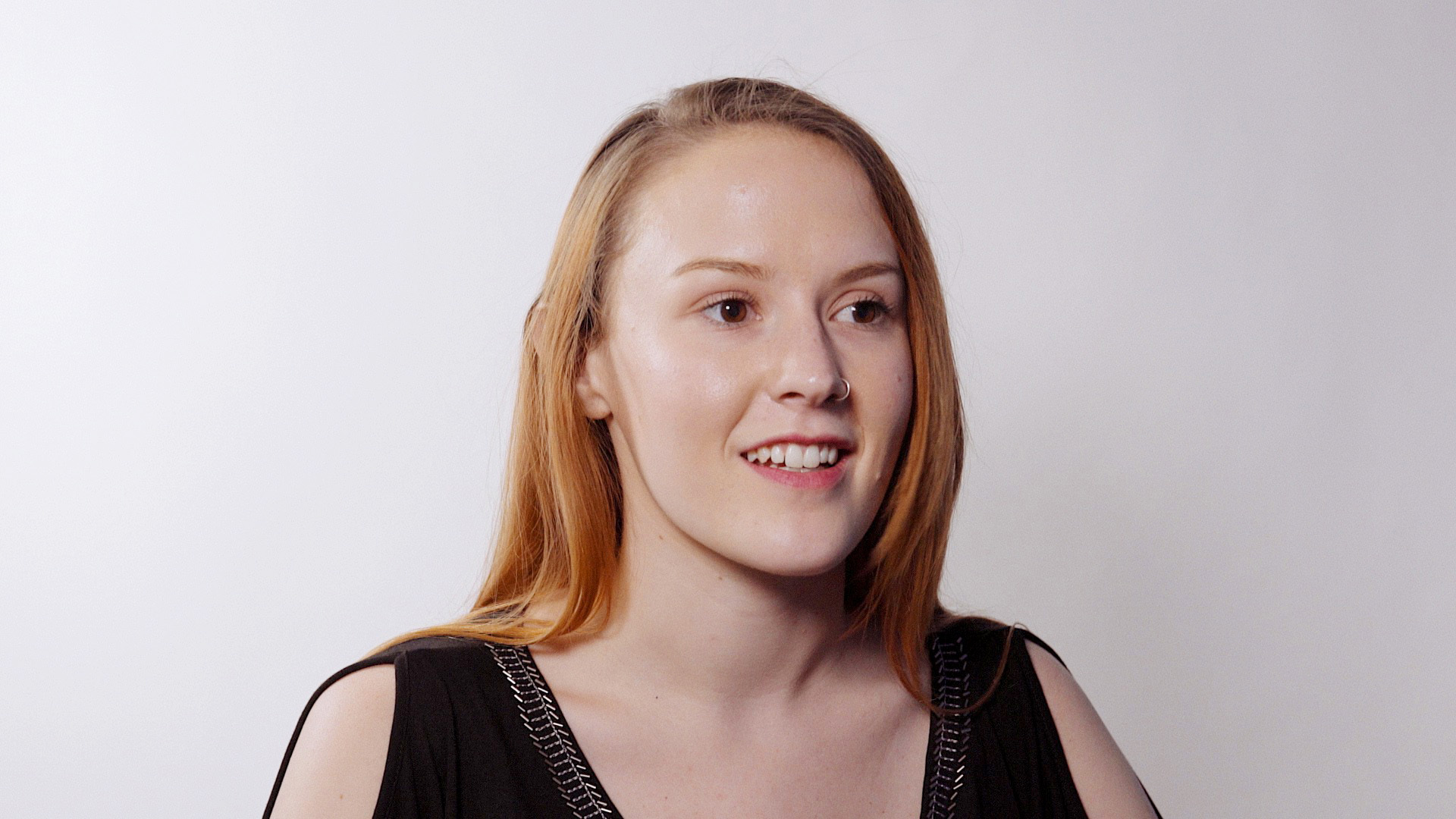In January I had the opportunity to DP an ambitious short film titled "I'm Sorry, I Love You" for director Jaime Gonzalez. The short is not yet released but will be soon and I'll be featuring it here next time when I start to break down the shots.
We were both working on the upcoming feature, "False Hopes", which I DP'd in February so we were able to get some equipment on loan that I had recommended purchasing for that project. In the next few blog posts I'll be walking through some things I learned in the process and breaking down some shots in regards to camera movement, lighting, working with daylight, lighting night interiors, and the biggest one: lighting daylight scenes that continue on into the night.
The short film was a perfect opportunity to test out all the new goodies a week before moving on to the feature. It is critically important to test all equipment including lights, stands and grip pieces to ensure it is functioning out of the box. Do you really want to show up on a shoot and put up your 8x8 silk just to find out the clamp doesn't tighten, letting it spin around in the wind? I arrived in LA a day early from Denver so I could do equipment checks and review angles in the house location we were using. It turned out that I had spent the first day and next morning right before the shoot troubleshooting and calling up tech support for various last minute catastrophes. Like I said, equipment tests are critical.
Recording raw on the Atomos Shogun Flame
We were shooting on the Sony FS700 with raw upgrade via SDI out to the Atomos Shogun Flame which does a very good job of transcoding the raw signal into Quicktime ProRes which provides are very gradeable codec. Highlights are recoverable, details are sharp and colors are rich. The Shogun was super easy to setup to receive the raw signal and it was up and running within minutes.







